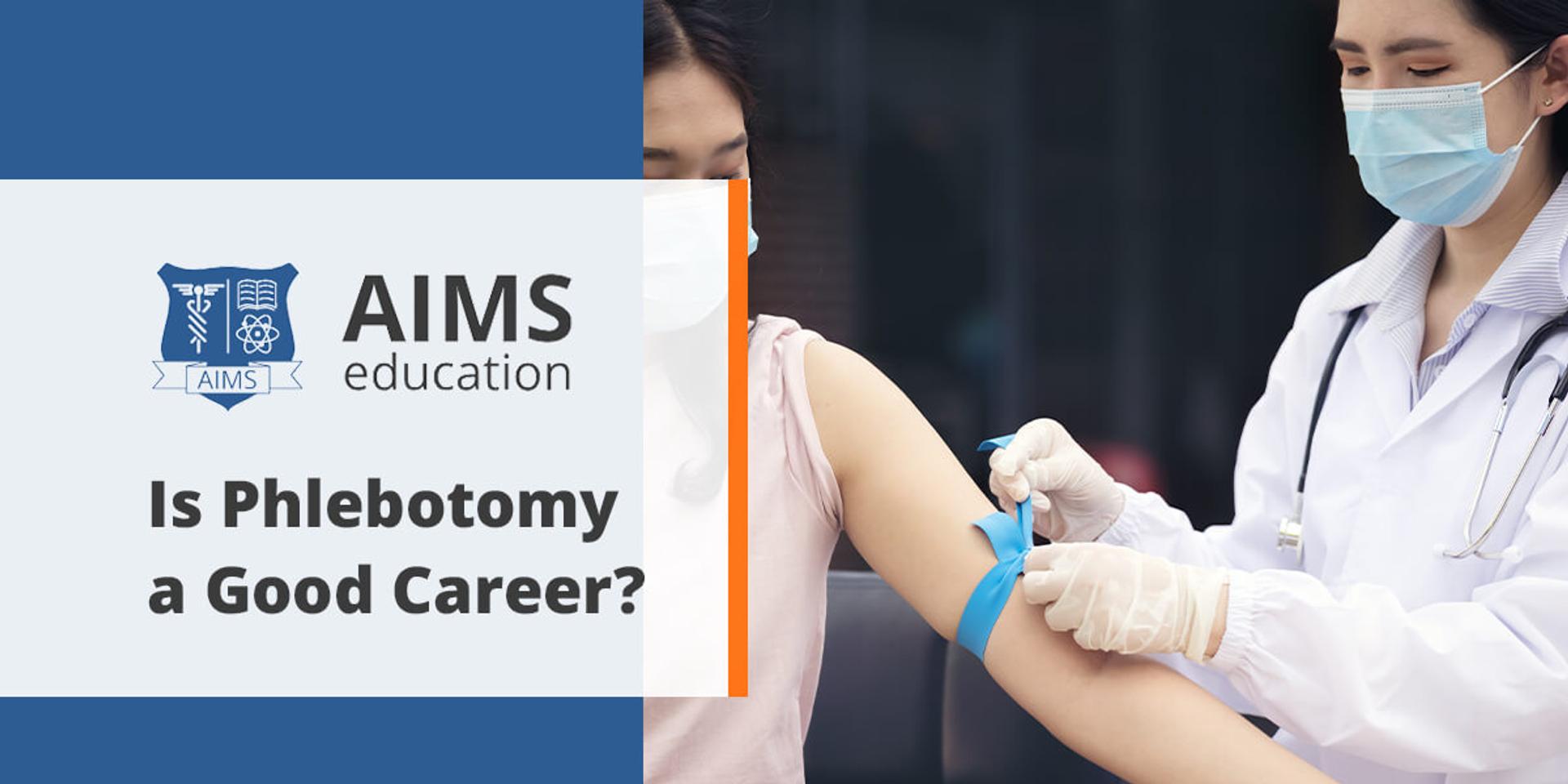5 Easy Facts About Northeast Medical Institute - New Haven Campus Phlebotomy Course & Cna Class Shown
5 Easy Facts About Northeast Medical Institute - New Haven Campus Phlebotomy Course & Cna Class Shown
Blog Article
Northeast Medical Institute - New Haven Campus Phlebotomy Course & Cna Class Things To Know Before You Get This
Table of ContentsThe 8-Second Trick For Northeast Medical Institute - New Haven Campus Phlebotomy Course & Cna Class3 Easy Facts About Northeast Medical Institute - New Haven Campus Phlebotomy Course & Cna Class ExplainedThe 4-Minute Rule for Northeast Medical Institute - New Haven Campus Phlebotomy Course & Cna ClassNortheast Medical Institute - New Haven Campus Phlebotomy Course & Cna Class Can Be Fun For EveryoneTop Guidelines Of Northeast Medical Institute - New Haven Campus Phlebotomy Course & Cna ClassThe Greatest Guide To Northeast Medical Institute - New Haven Campus Phlebotomy Course & Cna Class
The usage of such tools should be gone along with by other infection avoidance and control techniques, and training in their usage. Not all safety tools are appropriate to phlebotomy. Before choosing a safety-engineered tool, users should extensively explore readily available tools to identify their suitable usage, compatibility with existing phlebotomy practices, and efficacy in protecting personnel and patients (12, 33).For settings with low resources, expense is a motoring variable in procurement of safety-engineered devices. Where safety-engineered tools are not offered, skilled usage of a needle and syringe is appropriate.
One of the necessary pens of high quality of treatment in phlebotomy is the involvement and cooperation of the individual; this is mutually useful to both the wellness employee and the client. Clear details either created or spoken need to be available to every patient who goes through phlebotomy. Annex F supplies example text for discussing the blood-sampling procedure to a person. In the blood-sampling space for an outpatient division or center, provide a comfy reclining sofa with an arm rest.
The Main Principles Of Northeast Medical Institute - New Haven Campus Phlebotomy Course & Cna Class
Make sure that the indicators for blood sampling are clearly specified, either in a written method or in documented instructions (e.g. in a lab type). Accumulate all the tools required for the procedure and place it within secure and simple reach on a tray or cart, making sure that all the things are clearly noticeable.
Introduce yourself to the individual, and ask the patient to state their complete name. Check that the lab kind matches the person's identity (i.e. match the person's details with the research laboratory type, to make sure precise recognition).
Make the individual comfy in a supine placement (when possible). Place a tidy paper or towel under the client's arm. Discuss the test to be executed (see Annex F) and get verbal authorization. The person has a right to decline a test any time before the blood sampling, so it is necessary to make certain that the patient has actually recognized the procedure.
All about Northeast Medical Institute - New Haven Campus Phlebotomy Course & Cna Class
Expand the individual's arm and inspect the antecubital fossa or lower arm. Find a vein of an excellent dimension that shows up, straight and clear. The layout in Area 2.3, reveals usual settings of the vessels, however numerous variants are possible. The average cubital vein lies in between muscular tissues and is normally one of the most easy to penetrate.
DO NOT put the needle where blood vessels are drawing away, since this raises the opportunity of a haematoma. The blood vessel ought to be noticeable without applying the tourniquet. Finding the capillary will check that certainly assist in figuring out the appropriate dimension of needle. Use the tourniquet about 45 finger widths above the venepuncture website and re-examine the vein.
Samplings from central lines bring a danger of contamination or wrong laboratory test results. It is appropriate, but not perfect, to attract blood specimens when first presenting an in-dwelling venous gadget, before connecting the cannula to the intravenous liquids.
Unknown Facts About Northeast Medical Institute - New Haven Campus Phlebotomy Course & Cna Class
Permit the area to completely dry. Failing to enable adequate get in touch with time enhances the threat of contamination. DO NOT touch the cleansed website; in specific, DO NOT place a finger over the vein to lead the shaft of the revealed needle. It the website is touched, repeat the sanitation. Perform venepuncture as follows.
Ask the person to develop a hand so the blood vessels are a lot more famous. Go into the capillary swiftly at a 30 degree angle or much less, and proceed to introduce the needle along the blood vessel at the easiest angle of access - Phlebotomy Training. Once sufficient blood has actually been accumulated, launch the tourniquet prior to taking out the needle
Northeast Medical Institute - New Haven Campus Phlebotomy Course & Cna Class Can Be Fun For Everyone
Take out the needle delicately and use gentle pressure to the website with a clean gauze or dry cotton-wool round. Ask the individual to hold the gauze or cotton wool in location, with the arm extended and raised. Ask the client NOT to bend the arm, due to the fact that doing so causes a haematoma.

The 45-Second Trick For Northeast Medical Institute - New Haven Campus Phlebotomy Course & Cna Class
Do not push the syringe plunger because additional pressure boosts the danger of haemolysis. Where possible, maintain the tubes in a shelf and move the rack in the direction of you. Infuse downwards right into the proper coloured stopper. DO NOT remove the stopper due to the fact that it will certainly release the vacuum cleaner. If the example tube does not have a rubber stopper, inject incredibly slowly right into the tube as decreasing the pressure and velocity used to move the sampling decreases the risk of haemolysis.

Report this page